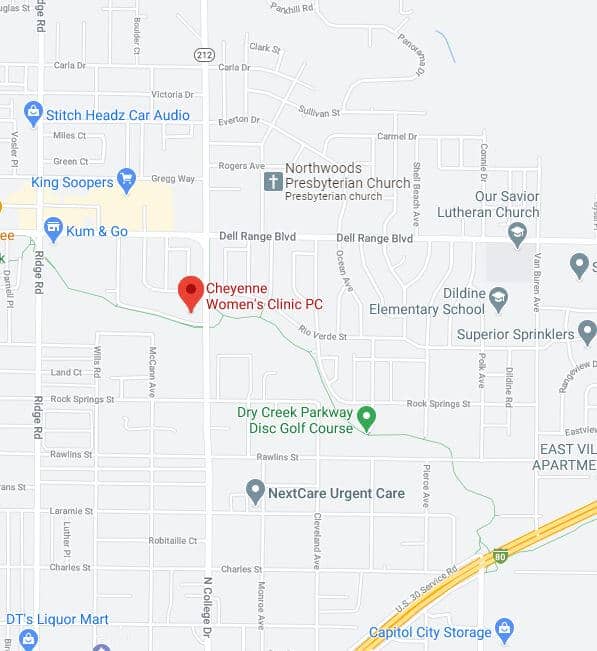Fibrocystic Breast Changes (also called Fibrocystic Breasts)
This condition is very common, especially when you are in your 30s and 40s. (It’s unusual after menopause.) More than half of all women have this condition at some point in their lives.
When you have fibrosis, your breast tissue can feel lumpy or rope-like, like scar tissue. You may notice swelling, tenderness, pain, thickening of the breast tissue, or lumps in one or both breasts, especially right before your period starts and most frequently in the upper outer area of the breasts.
See your doctor for a diagnosis, and he or she may recommend treatment with warm or cold compresses, as well as over-the-counter pain medication such as ibuprofen. Birth control pills may reduce your symptoms and hormone therapy may increase them.
The lumps from fibrocystic breasts don’t increase your risk of cancer, but it can make cancer more difficult to detect in mammograms.
Breast Cysts
Breast cysts are small sacs filled with fluid that may feel soft like a grape or water balloon, or may feel firm. They tend to be round and you can move them. Cysts start from fluid building up inside the breast glands. They are tiny to start and too small to feel, but they can grow as large as 1-2 inches across, stretching the surrounding breast tissue and causing it to be painful.
You may have some pain or tenderness around the cyst, and it may get bigger or firmer right before your period. If a cyst is causing you discomfort, your doctor may drain the fluid, or he or she may recommend your cyst be surgically removed.
The cysts may change in firmness as you move through the different stages of your menstrual cycle, raising your concerns for cancer, so it is always wise to have a cyst or any lump checked by your doctor. But the cysts themselves don’t increase your risk for cancer.
Fibroadenomas
Fibroadenomas are solid lumps made up of both glandular breast tissue and connective tissue that occur most often in young women in their 20s and 30s. These lumps have a well-defined, smooth shape like a marble, and usually don’t cause any pain. You can move them under your skin and they’re usually firm and not tender.
You usually don’t need treatment for small fibroadenomas, but your doctor may recommend you have them removed through a lumpectomy, especially if they keep growing and end up changing the shape of your breast.
Women with fibroadenomas have an increased risk of cancer – about 1.5 to 2 times the risk of women with no breast changes – so if you have been diagnosed with fibroadenomas, it’s important to see your doctor for a checkup every year or as often as he or she recommends.
Mastitis
Mastitis is an infection in the breast tissue. It most commonly occurs when you are breastfeeding and a duct becomes clogged with milk and doesn’t drain properly. However, it can also happen unrelated to pregnancy and breastfeeding.
Mastitis can cause symptoms flu-like symptoms, such as fever, aches, and fatigue. Your breasts may also be swollen, painful, have red streaks, and feel hot to the touch. Treatment often includes antibiotics that are safe for your baby.
Notice a Change? Talk to Your Doctor.
While there are many breast changes and conditions and changes you may experience that aren’t related to cancer, thanks to early cancer detection education, women are becoming more and more aware of changes in their breasts that could be.
A mass or lump that’s painless, hard, and has irregular edges is more likely to be cancer, but breast cancer tumors can also be tender, soft or rounded. That’s why it’s important to make an appointment with your doctor if you notice:





